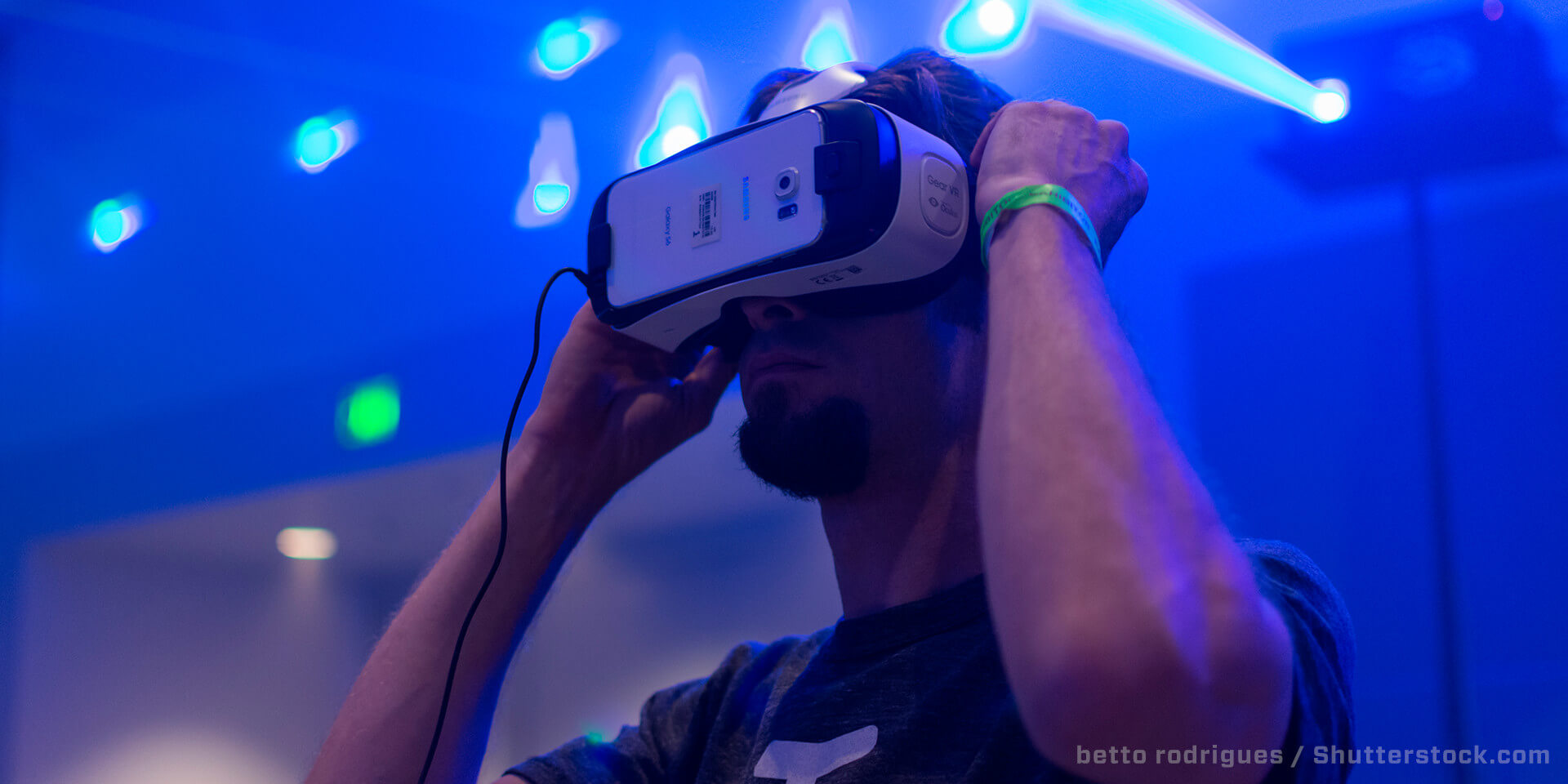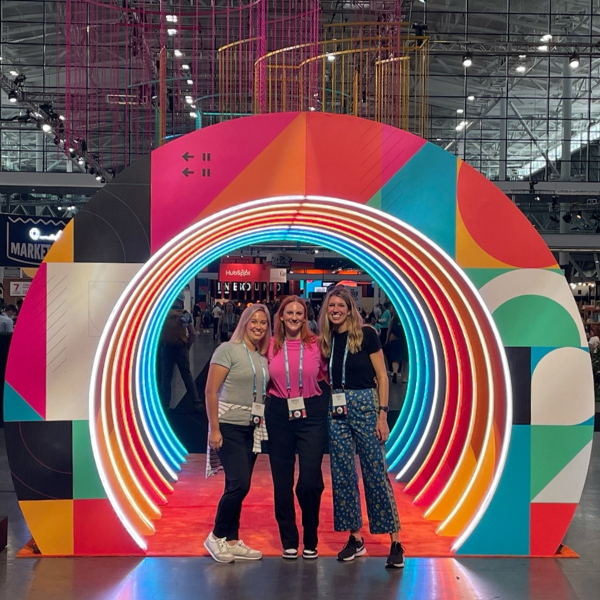My body sits comfortably in an Aeron chair in suburban Maryland. But my eyes tell me I’m on a decrepit space station on the forgotten fringes of the galaxy, staring into the jaws of a 9-foot-tall alien. I instinctively turn away to remind myself that it’s only a game. But I still see space station, and a monstrous hand closing in on my face. Because in virtual reality, there is no looking away.
And there’s no looking away from VR’s ability to create visceral, immersive experiences. Formerly relegated to 1990s sci-fi films and motion sickness-inducing misfires like Nintendo’s Virtual Boy, the technology is finally catching up to the vision. Today, with the amount of competition in the industry, VR technology is more accessible than ever. There’s never been a better time for marketers with imagination to tap into its potential.
When done right, virtual reality creates a powerful feeling of “being there” that’s hard to describe until you’ve experienced it firsthand. HBO used it to masterful effect as part of a “Game of Thrones” traveling exhibition, in which guests strapped on an Oculus Rift and took a simulated ride up the 700-foot Wall at Castle Black. Adding surround sound, cold winds, and shaking floors, the illusion was convincing and unforgettable. You can see it at the 1:08 mark in this video:
But VR’s potential goes way beyond fun and games. Imagine you’re a builder, just beginning construction on a spectacular new development. How do you convince customers to buy something that won’t exist for another year? You could rely on a few static renderings and some flowery prose to sell them on your vision. Or let them explore an interactive 3D version, where they can play with the lights, look out the windows, and see themselves living there. And you might be more likely to see them signing a check.
It sounds futuristic, but this stuff is happening now. Architects are using it to preview new designs inside and out. And live broadcasts of concerts and even political debates give viewers a 360-degree view of the action. What could be next? Fashion displays that allow shoppers to “try on” outfits instantly. Government tourism boards offering previews of their country’s attractions from half a world away. Or schools that use VR to recruit students who aren’t able to tour the campus in person.
As virtual reality comes closer to actual reality, the potential for marketers to create engaging experiences is only going to grow. And that’s true whether you’re test-driving flying cars, selling tropical vacation homes, or dodging hungry aliens.






